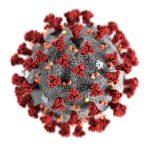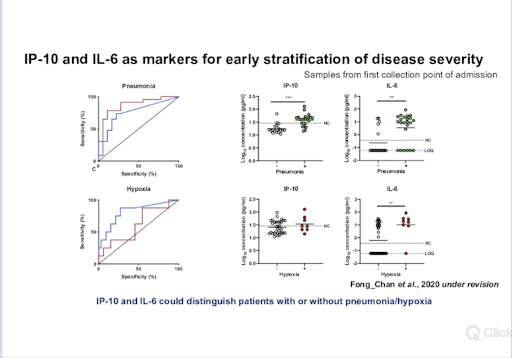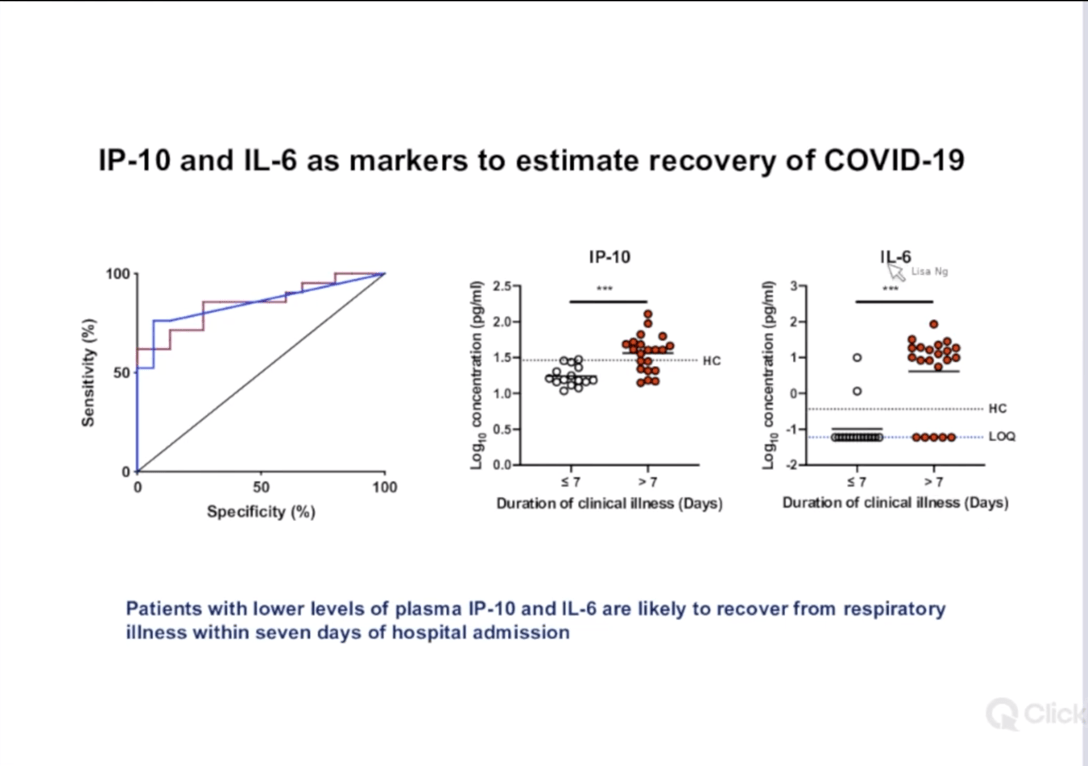Lisa Ng in a recent IUIS webinar, “provides an overview of the pathophysiology of SARS-CoV-2 infection. She describes its interaction with the immune system and the subsequent contribution of dysfunctional immune responses to disease progression”.
Highlights of her webinar include:
- Identification of two B cell epitopes S14P5 and S21P that induce neutralising Ab in COVID-19 patients: Both epitopes are part of the SARS-CoV-2 S glycoproteins, S14P5 localises in close proximity to the receptor binding domain (RBD), whereas S21P2 covers part of the fusion peptide. Researchers hypothesis that Ab binding to S14P5 epitope “may sterically hinder binding to the ACE2 receptor, thereby abolishing virus infection”, while binding to S21P2 could directly affect viral fusion.
- SG1000 Study: a study that aims to determine immune signatures that could be associated with diseases severity. She demonstrated the cytokine profiles are vastly different across the spectrum of SARS-CoV-2 diseases pathology. They potentially identified two markers IL-6 and IP-10 that could be used as both a diagnostic tests: to distinguish patients with or without pneumonia/hypoxia, Prognostic test: individuals lower levels of these cytokines are more likely to recover faster from COVID-19 symptoms.
Summary by Cheleka Mpande


